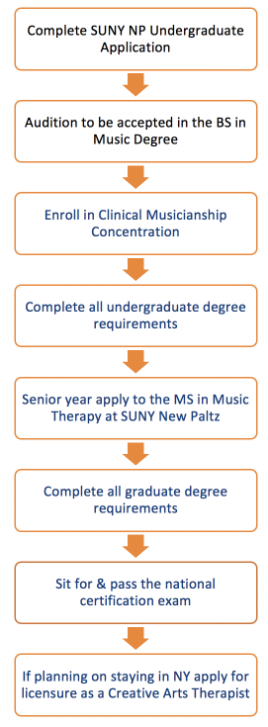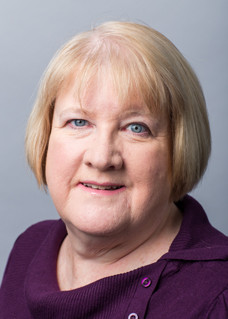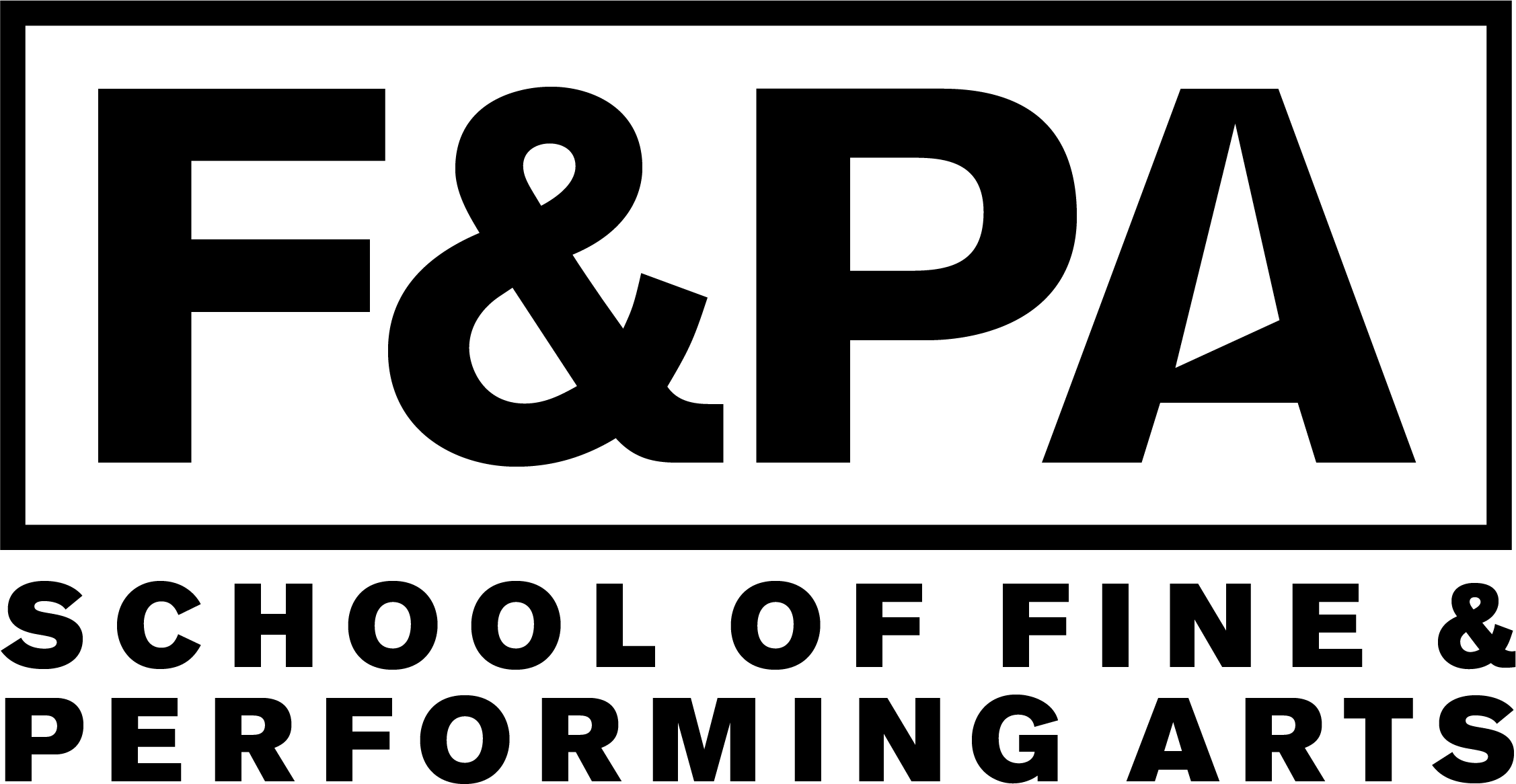Clinical Musicianship Concentration
The Bachelor of Science in Music with a concentration in clinical musicianship is a degree program designed for undergraduate students who want to study music therapy. This program prepares undergraduate music students to apply for the Master of Science Degree in Music Therapy at SUNY New Paltz.
Please note: Students enrolled in the Clinical Musicianship concentration are required to select a minor. It is strongly recommended that students choose a psychology minor.
For answers to frequently asked questions about the concentration in clinical musicianship, click on the queries below for more detailed information.
Learn more about the degree requirements for a Bachelor of Science in Music with a clinical musicianship concentration in the Undergraduate Catalog.
What is music therapy?
Music therapy is the clinical and evidence-based use of music interventions to accomplish individualized goals within a therapeutic relationship by a credentialed professional who has completed an approved music therapy program (AMTA, 2015).
Who are music therapists?
Music therapists are musicians who have a passion for using their talents to address health needs and improve quality of life for individuals across the life span. There are approximately 9,000 board certified music therapists in the United States.
Where do music therapists work?
Music therapists work in a variety of healthcare, educational, and community settings including inpatient and outpatient medical and psychiatric facilities; intensive care units; rehabilitation facilities; public and private schools; treatment programs for individuals with mental disorders including chronic and severe mental illness, eating disorders, and substance use disorders; correctional facilities; halfway houses; adult day care programs; nursing homes; and private practice.
How do I become a music therapist?
You complete the approved college music therapy curricula which includes an internship, and sit for the national board certification exam. In New York, music therapists who meet the education and training requirements set forth by the Mental Health Practitioners Law are also licensed as Creative Arts Therapists. For more information on becoming a music therapist through SUNY New Paltz, see "What is the pathway to becoming a music therapist?" below.
When am I eligible to apply to the MS in Music Therapy?
Music students in the clinical musicianship concentration are encouraged to apply to the MS in Music Therapy at SUNY NP during the senior year of their undergraduate studies. To apply, students complete the application, submit 3 letters of recommendation, write a short essay outline career goals, and upload a video performance of two contrasting pieces demonstrating musicality. Students are invited for an interview with the music therapy faculty after submitting all required application documents.
What is the pathway to becoming a music therapist?

Clinical Musicianship Area Head

Kathleen Murphy
Director, Music Therapy


